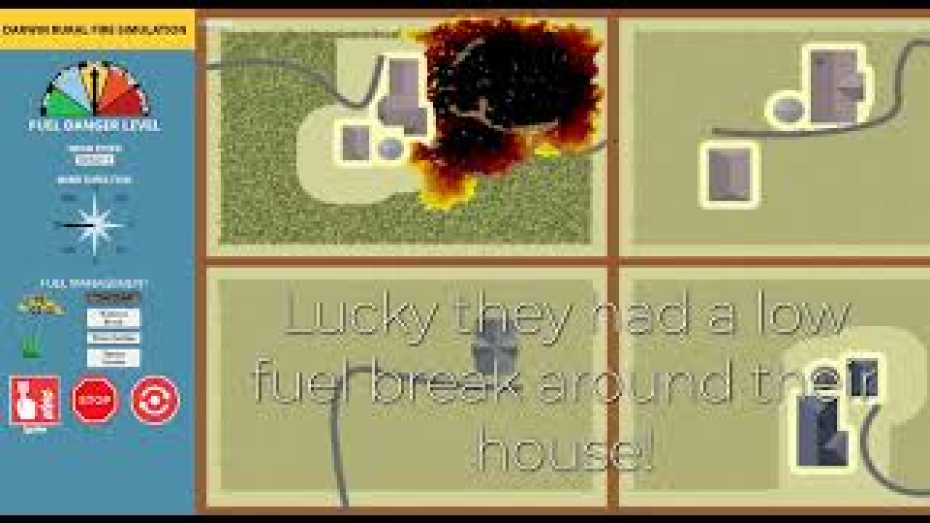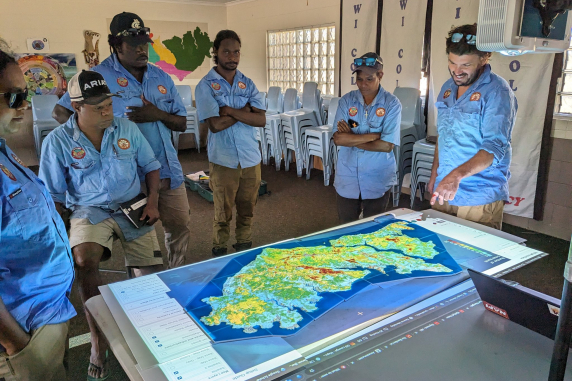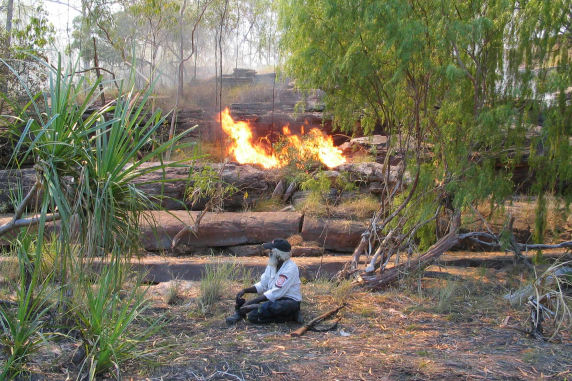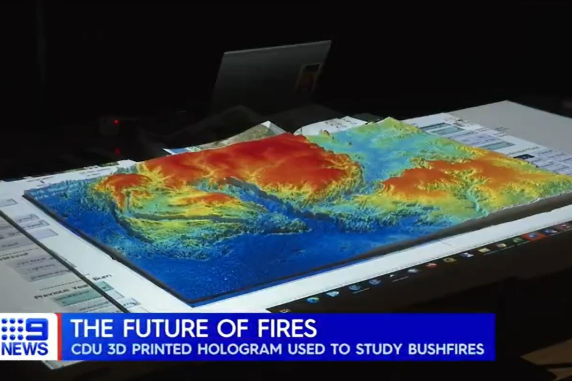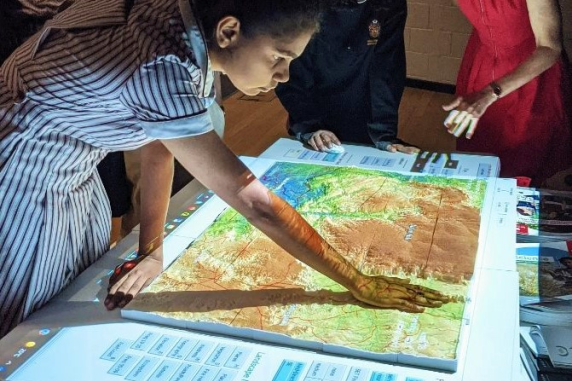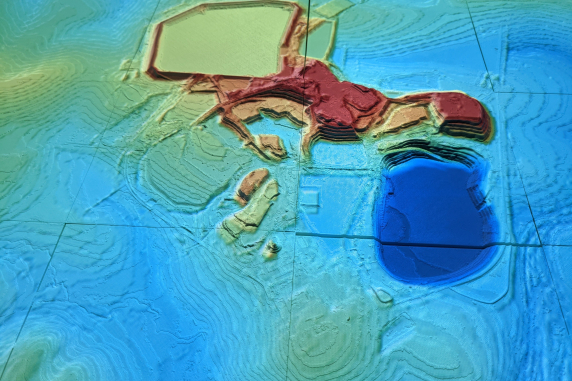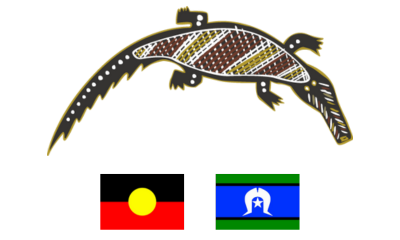
What we do
The Landscape Knowledge Visualisation (LKV) Lab offers a variety of simple and easy-to-use technological communication solutions. The technology brings spatial data and local knowledge together to create tactile sharing spaces, facilitating two-way learning about the environment, science, and culture in diverse, cross-cultural, cross-linguistic contexts worldwide.
Team
Miguel Tovar Valencia
Casual Research Associate
Currently on leave
Aasish Adhikari
Casual Research Associate
Software engineering specialist
The technology
Projection Augmented Landscape Models (PALMS)
PALMS are simulations of landscape processes projected onto 3D-printed terrains, creating a surface to display complex information. Sand or high-resolution 3D printed models are used as terrain surfaces for projected spatial data, and landscape process animations and simulations are displayed. Using projection in combination with 3D landscapes adds interactivity and dynamism to spatial information. Simple, Robust and Scalable technology.
Find out more at landscapemodels.net.
Fire and Environmental Simulations and Games
Research has shown the benefits of multisensory engagement in significantly improving learning outcomes and has shown the benefits of multimodal teaching. Fire, Gamba Grass and Tiwi Buffalo simulations are interactive and transportable as they are projected onto a 3D terrain or surface (like sand or psyllium husk), which is formed to suit the projection. These displays can help kids and adults learn about fire, fuel, weather and environmental processes.
Play the Rural Block Fire Sim Game.
NI acknowledges the people of the Larrakia Nation (Saltwater People) on whose unceded lands we work and live and recognise their continuing connection to communities, land and waters. We pay our respect to Aboriginal and Torres Strait Islander cultures and elders past and present. Our Research Support Services is located on Larrakia Land at CDU Casuarina Campus.
⚠️ Aboriginal and Torres Strait Islander peoples should be aware that this website, linked publications and content may contain images, voices and names of people who have passed.




